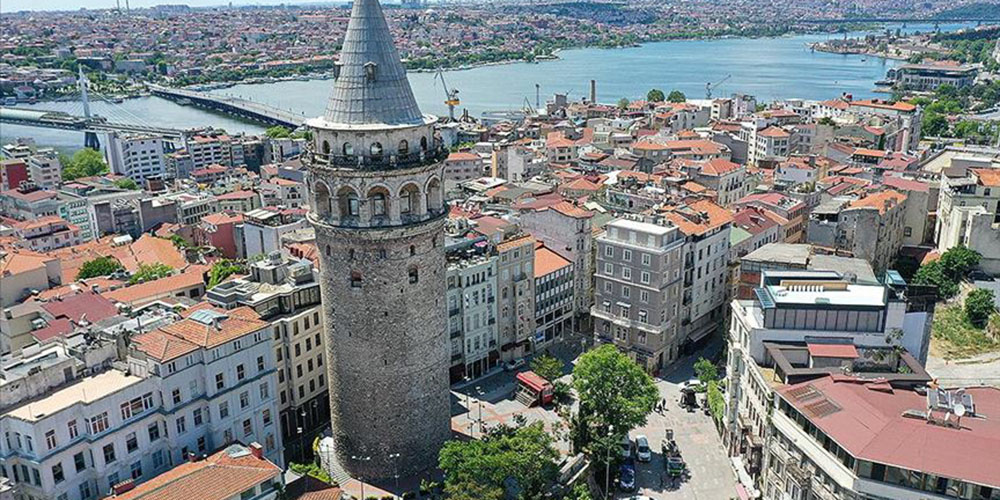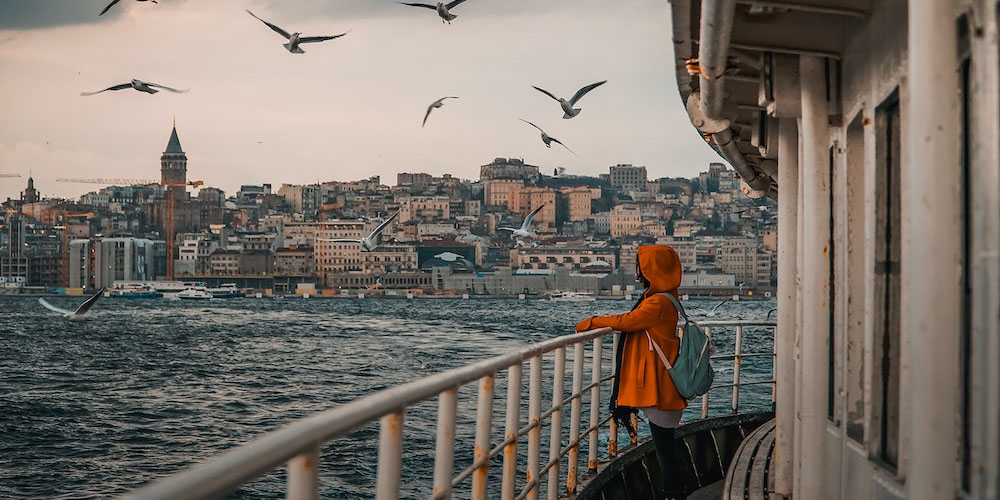
Istanbul’s unbeatable location at the official meeting point of two continents and two seas has guaranteed its importance and wealth since the Ancient Greeks established a colony there in 667 BC. Almost a millennium later, Constantinople became the capital of the Roman Empire and held that position for longer than Rome had. After the fall of the Byzantines, Istanbul became the capital of the Ottoman Empire for 500 years, bestowing on it tributes to Islamic architecture at its finest.
Understanding the epic history of Istanbul helps make sense of the mystifying blend of cultures and peoples on display in every corner of the city. Have a look at our neighborhood-specific videos for history, transportation advice, and recommendations, or contact us to arrange an English-speaking guide to help you get the most out of this mysterious cradle of civilization.

Sultanahmet

Beyoğlu

The Bosphorus

Activities




